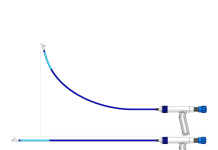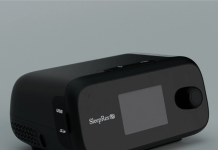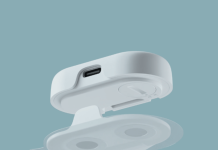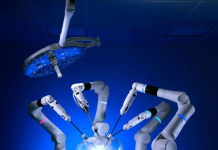Fire1 announced positive results from the first-in-human study of its novel, implantable heart failure (HF) management system.
The FUTURE-HF study evaluated the safety and feasibility of the Irish medtech company’s inferior vena cava (IVC) sensor. It designed the crown-shaped, nitinol-based device for remote management of patients with HF. The system enables patients to engage in physician-directed self-management. It aims to reduce the burden on healthcare staff and make it easier to keep patients healthier and at home.
Related: Data backs Cala neurostim for treating essential tremor
Earlier this year, Fire1 raised $120 million to support this technology.
Investigators published their findings from three-month (primary) and six-month (exploratory) endpoints in JACC. They had primary safety endpoints of procedural success without device- or procedure-related complications at three months. The primary technical endpoint was signal acquisition following implantation and at a clinic visit within 3 months.
The study compared the sensor-derived IVC area to computed tomography (CT)-based IVC dimensions. Investigators assessed patient adherence to daily readings and exploratory clinical findings at six months.
Fifty patients underwent successful implantation, with 49 contributing to three-month endpoints. The sensor-derived IVC area demonstrated excellent agreement with CT measurement. Median adherence was 96% at six-month follow-up. Exploratory analyses of clinical outcomes suggested improvements in N-terminal pro–B-type natriuretic peptide, NYHA functional class, and quality of life and reduced HF events.
Investigators concluded that the first-in-human experience with the Fire1 system was safe and feasible. They say exploratory outcomes suggest that it may serve as a novel tool for ambulatory management of congestion to facilitate remote care in HF.
Fire1 posted findings on LinkedIn, saying: “Excited to publish the data from FUTURE-HF, our 50-patient first-in-human study. Thanks to all the amazing doctors, nurses, researchers and, most importantly the wonderful patients across 5 countries that made this happen.”






